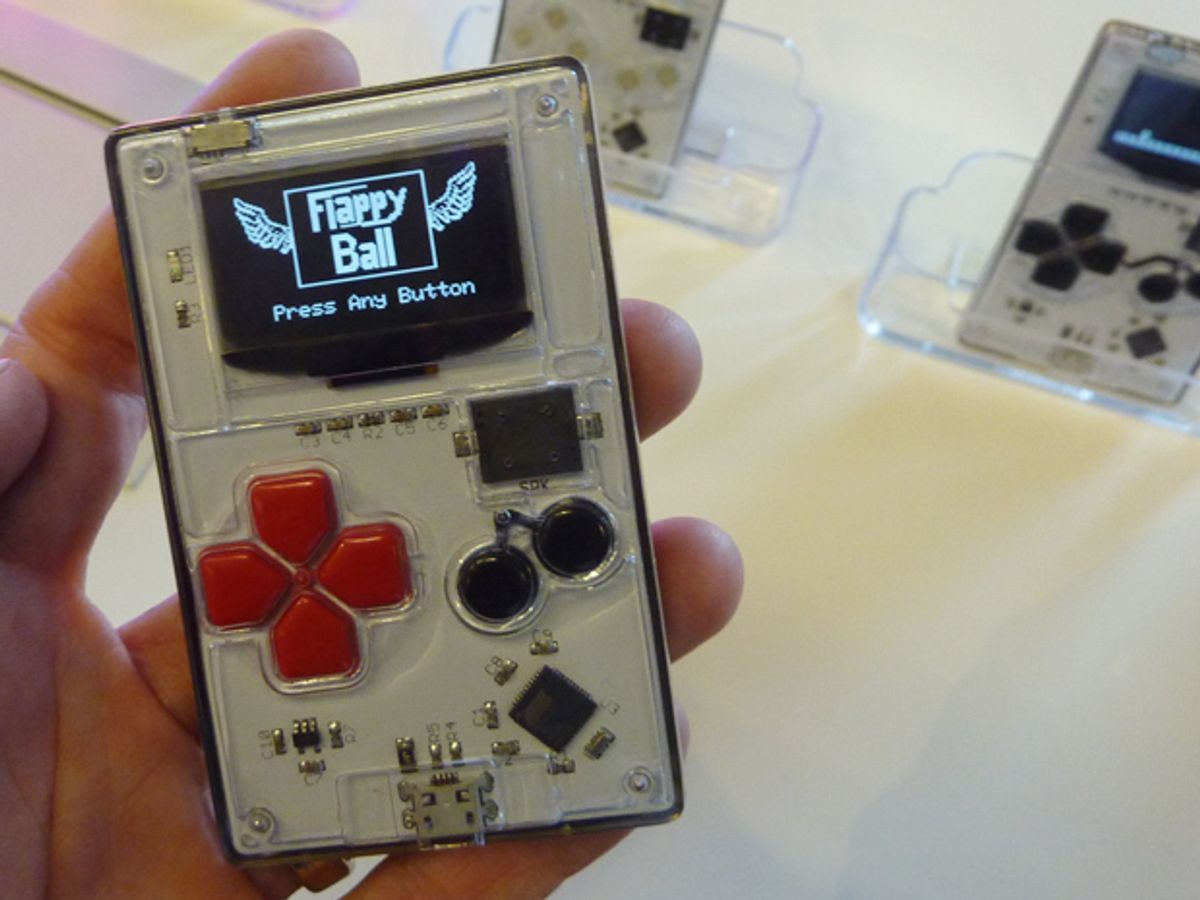For years I’ve been profiling great engineers—Nobel Prize holders, IEEE Medal of Honor winners. And so very often they tell me that their first involvement in anything electronic was building a Heathkit project.
Heathkits, they tell me, were magical—they were simple enough to put together and well enough explained that just about anyone could succeed. And the projects were things that kids wanted and would use—mostly radios, amplifiers, and other equipment for listening to music that for millennials have been supplanted by iPods and Pandora.
Heathkit closed down its kit business in the early 90s; kids interested in technology at the time wanted to code, not build things. New electronic building toys did emerge, like Lego Mindstorms and SnapCircuits. But none have dominated like Heathkit.
So there’s still room for the next Heathkit—lots of startups are vying for that title. And there’s still a general sense that these kinds of toys are important—to interest boys and girls in STEM careers early.
As Bethany Koby, cofounder of London-based Technology Will Save Us, says, the idea is to get children involved in electronics at the age when they just like to make things, and aren’t picky about what. “For young people, making cookies and making a sensor is the same thing,” she says. And making something changes a child’s relationship with it. “We get stories about kids making gadgets and sleeping with them—that’s an interesting relationship with technology.”
Technology Will Save Us showed off its inexpensive kits and learning tools last week in San Francisco, and it wasn’t alone. I attended both HAX’s (formerly Haxlr8r’s) May launch event and MakerCon; both had some interesting STEM kits and gadgets. Some aimed younger, some aimed cheaper, and some aimed more comprehensive than their predecessors; so the net cast is wide. (Of course, it will be years before we can tell how many engineers these particular gadgets bring into the field.)
Koby’s Technology Will Save Us aims at four year olds—children too young for most to successfully manipulate tiny wires or sticky conductive tape. So Kobe’s Electrodough kit is designed to connect components with electronic playdough, letting kids build creatures like dinosaurs with light-up eyes. Other kits aimed at older children let them build game consoles, moisture sensors for plants, and musical instruments.
Her company’s latest project, a joint effort with the BBC, ARM, Samsung, Freescale, and others is called the Micro Bit and involves a wearable, programmable gadget to be distributed to a million 12 year olds in the United Kingdom in September.
Joining Technology Will Save Us at MakerCon was ProtoPalette EdTech. Cofounder Will Pemble is well known as Coasterdad for building back and front yard rollercoasters. EdTech’s products a bit smaller than a rollercoaster; the company introduced ProtoPalette—an electronics kit in the form of an artist’s palette (starting at US $130 for the basic set up to $600 for the fully tricked out version for serious electronics hobbyists). It also showed off simpler and cheaper entry-level kits for kids, like the $30 BrotherBuster, designed to send an alert when a sibling enters his sister’s room. More on EdTech’s kits in the videos below.
At HAX, Portland, Ore., startup Arduboy introduced a programmable Arduino-based game system that’s about the size of a credit card, intended as a very low cost way to get kids programming. The company is selling it’s first generation Arduboy for $39, but expects prices to get down to $10 when its manufactured in quantity, cheap enough for mass use in classrooms. That may happen sooner rather than later, just a couple of days into its Kickstarter campaign the company already had preorders totaling more than $170,000, far exceeding its $25,000 goal.
Tekla S. Perry is a senior editor at IEEE Spectrum. Based in Palo Alto, Calif., she's been covering the people, companies, and technology that make Silicon Valley a special place for more than 40 years. An IEEE member, she holds a bachelor's degree in journalism from Michigan State University.



